Top Things to Know Before Buying Your First Indoor Herb Garden

Top Things to Know Before Buying Your Best Indoor Herb Garden: Sunlight, Herbs, Drainage, Potting Mix, Water & Humidity, Air Circulation, Harvesting & Maintenance
Bringing the fresh taste of homegrown herbs into your kitchen is easier than you might think!
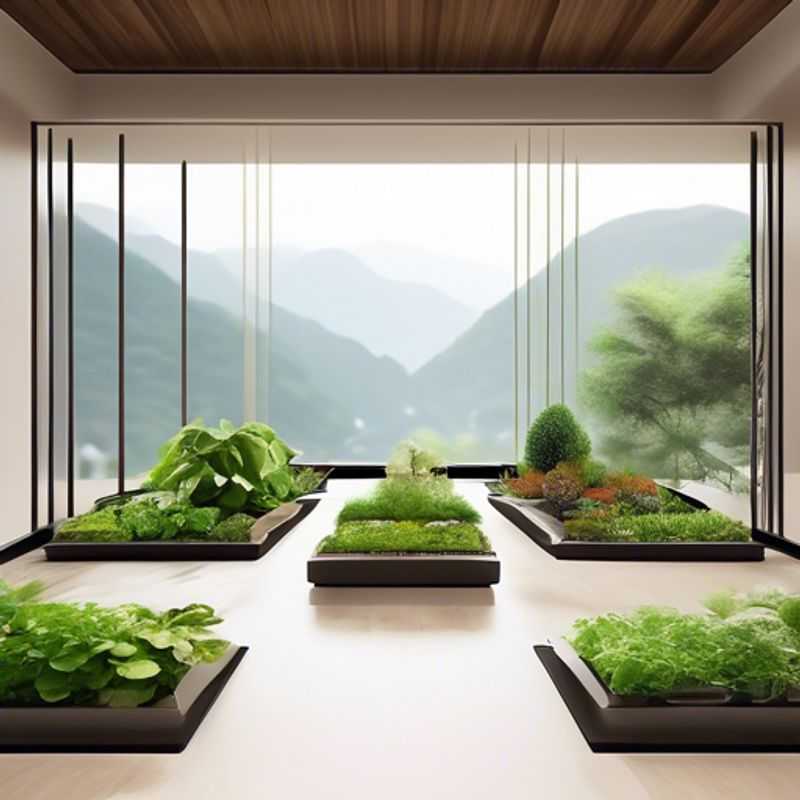
Sunlight Assessment: Determining the Light Levels in Your Indoor Space
Knowing how much sunlight your indoor space receives is crucial for choosing the right plants, optimizing natural light for your home, and even making energy-efficient choices.
Here’s a quick guide to help you determine the amount of sunlight your indoor space receives:
1. Observe the Direct Sunlight: Pay attention to the direction your windows face (North, South, East, West). Sunlight exposure varies depending on the direction. South-facing windows get the most direct sunlight, while North-facing windows receive the least.
2. Track the Sunlight Throughout the Day: Notice how the sunlight changes throughout the day. Does it reach a specific area for a short period or for extended hours? Observe how much sunlight your room receives during different times of the day and year.
3. Consider Obstacles: Trees, buildings, and other structures can block sunlight. Evaluate how these factors affect the amount of light reaching your space.
4. Utilize a Light Meter (Optional): Light meters measure the intensity of light. This tool is more precise than visual assessment and can be purchased online or at gardening stores for around $20-$100.
5. Don't Forget Seasons: Sunlight exposure changes throughout the year. Take note of how sunlight patterns differ in winter, spring, summer, and fall.
Understanding the amount of sunlight your space receives will help you make informed decisions about plant selection, interior design choices, and even energy savings. By observing your space and using a light meter if needed, you can create a comfortable and naturally illuminated home environment.
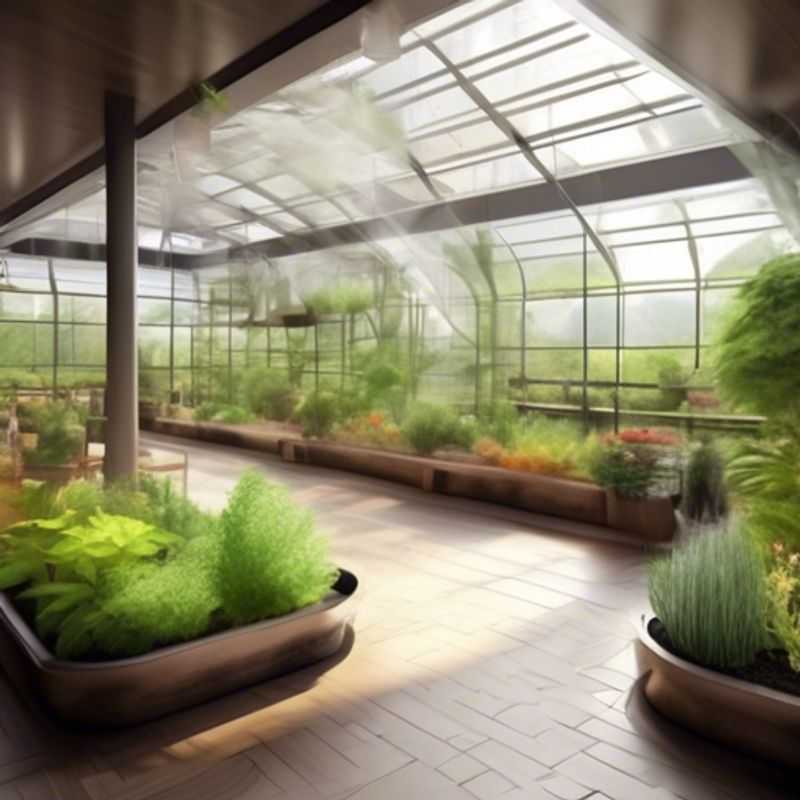
Green Thumbs in Shade: Herbs That Thrive in Low-Light Conditions
Bringing the outdoors in can be easier than you think, especially when it comes to growing herbs. Several herbs thrive in low-light conditions, making them perfect for apartments, offices, or even dimly lit corners of your home. Start with these low-light champions:
Mint: A versatile herb that tolerates low-light conditions, mint can be grown in pots or hanging baskets. It prefers moist soil and regular watering. You can use mint to add flavor to your dishes, beverages, or even create refreshing herbal tea.
Parsley: A staple in many kitchens, parsley is a good source of vitamins and minerals. It thrives in indirect sunlight and can be grown indoors year-round. Make sure the soil is well-drained.
Chives: A member of the onion family, chives have a delicate, oniony flavor. Chives require minimal sunlight and can be grown in pots or containers. They are also easy to propagate, so you can easily start new plants from cuttings.
Basil: While basil prefers sunny conditions, some varieties like "Genovese" can tolerate low light. Choose a location that receives at least 4 hours of indirect sunlight. Consider a grow lamp to supplement light during the winter.
Oregano: A popular herb for Italian cuisine, oregano requires minimal care. It prefers well-drained soil and can be grown in pots or containers. Ensure your oregano gets some indirect sunlight.
Rosemary: While rosemary is a sun-loving herb, it can adapt to low-light conditions. Place it in a bright spot with indirect sunlight and make sure the soil drains well. Water sparingly.
Remember: Low-light herbs may not grow as vigorously as those in brighter conditions, but they will still produce flavorful leaves. To boost growth, you can rotate your plants regularly to ensure all sides receive some light. Consider using a grow lamp for additional light, especially during the winter months. Enjoy the fresh flavors and benefits of these herbs in your own home.
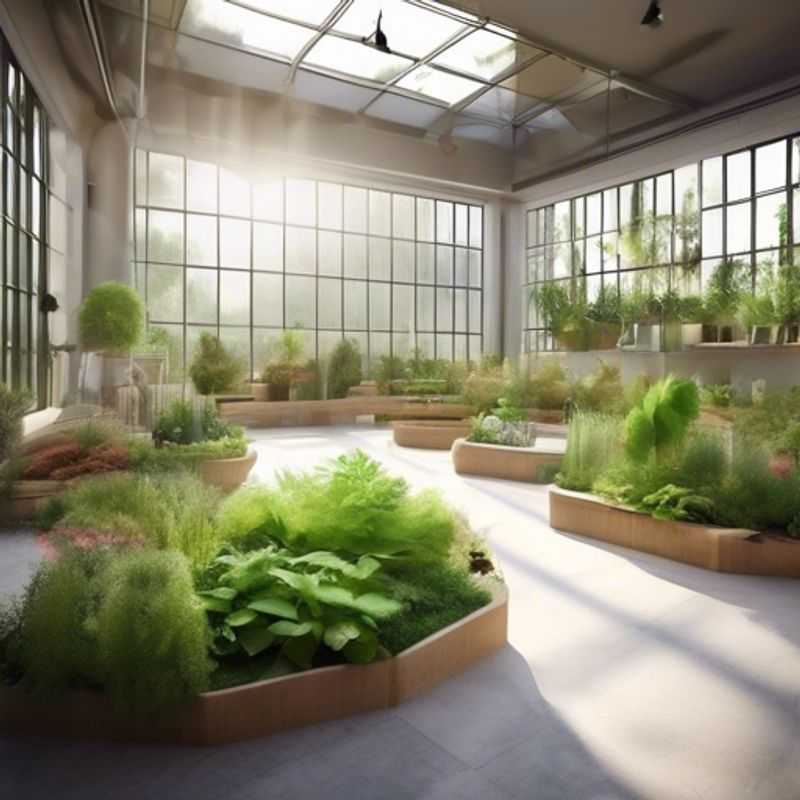
Choosing the Right Container for Proper Drainage: A Guide for Plant Success
Choosing the right container or planter with proper drainage is crucial for plant health and longevity. Inadequate drainage can lead to root rot, a common problem for many plants. When selecting a container, look for one with drainage holes at the bottom. These holes allow excess water to escape, preventing the soil from becoming waterlogged. If the container you choose doesn't have drainage holes, you can always drill your own.
Important Tip: When potting your plant, always use a pot with a drainage hole and place it on a saucer or tray to collect excess water. This will prevent your plant from sitting in water, which can cause root rot. To further improve drainage, you can add a layer of gravel or broken pottery shards to the bottom of the pot before adding the potting mix.
The size and material of the container also play a role in drainage. Plastic containers tend to retain moisture longer than terracotta pots, which allow water to evaporate more quickly. Choosing the right size container for your plant is essential. Too small of a container can limit root growth and lead to more frequent watering, while too large of a container can increase the risk of overwatering and root rot.
Consider the material of the container and its drainage properties. Terracotta pots are known for their good drainage, as they allow moisture to evaporate more quickly than plastic or glazed pots. However, they can also dry out more quickly, requiring more frequent watering.
Remember, choosing the right container with proper drainage is essential for the health and well-being of your plants. By following these tips, you can ensure that your plants have the best chance of thriving.
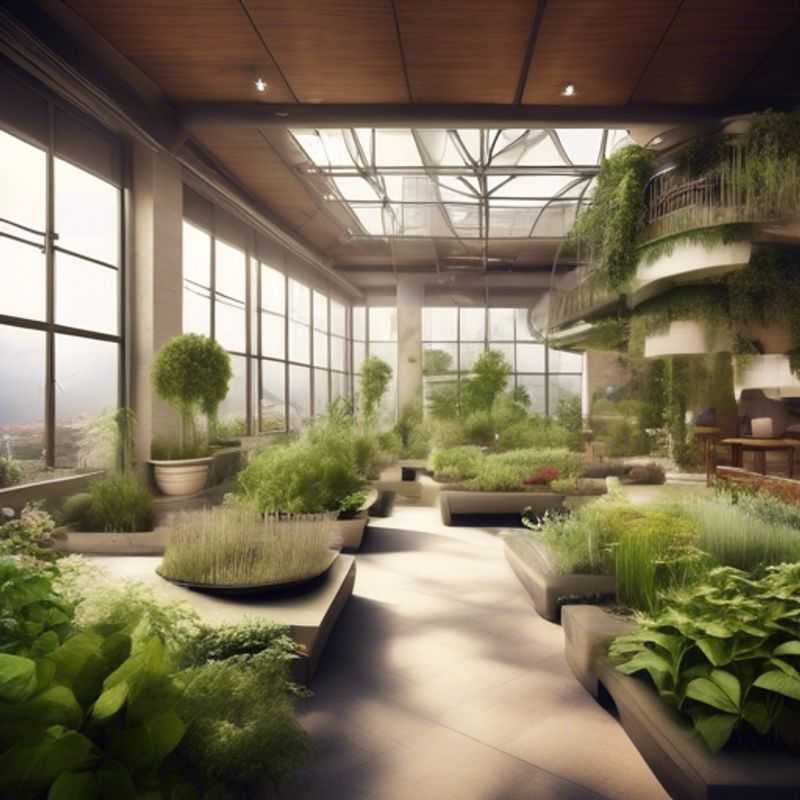
The Importance of Well-Draining Potting Mix for Herbs: A Guide for Successful Growth
Using a well-draining potting mix is crucial for growing healthy herbs. Herbs thrive in soil that allows excess water to flow away, preventing root rot and promoting strong growth. A typical potting mix for herbs should include components like perlite, vermiculite, or sand to enhance drainage. A blend of these materials helps create an optimal environment for root development and nutrient absorption.
When selecting a potting mix, look for one specifically formulated for herbs or vegetables. These mixes often contain organic matter, which provides essential nutrients while maintaining aeration. Remember, avoid using garden soil, as it can be too dense and may introduce pests and diseases.
For those on a budget, consider creating your own mix by combining equal parts of peat moss, perlite, and compost. This DIY approach can be economical and allows you to customize the mix based on the specific needs of your herbs.
Additionally, when estimating costs for your herb garden, consider factors such as the price of quality potting mix, potential amendments (like lime or fertilizers), and the size of your containers. Investing in a good potting mix is essential for the long-term success of your herbs, making it a worthwhile expense.
Remember, maintaining a well-draining potting mix not only promotes healthy herb growth but also makes for a more enjoyable gardening experience.
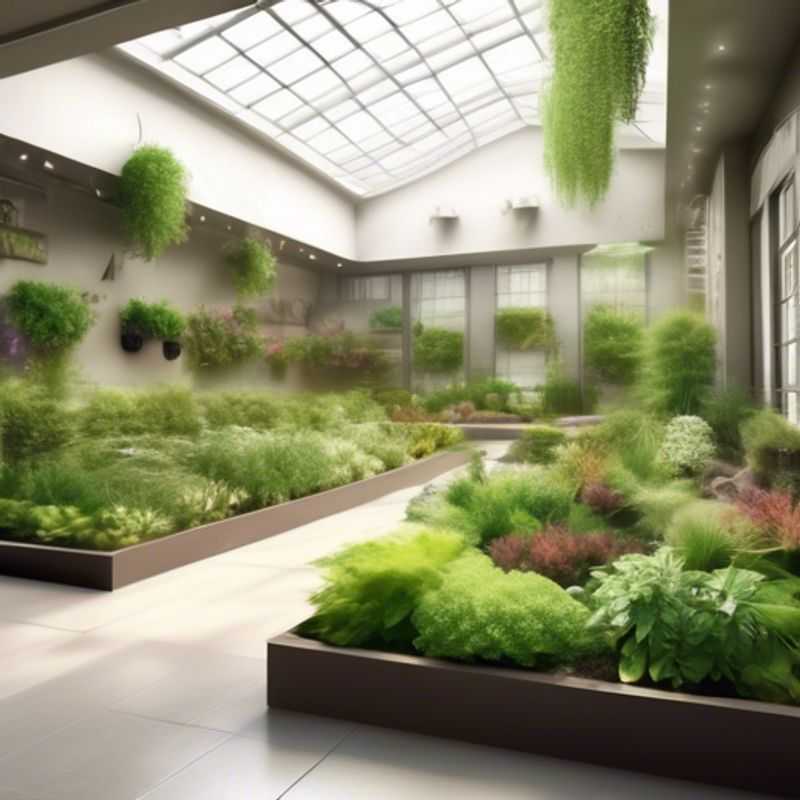
Herb Hydration: Understanding Water and Humidity Needs
Understanding the water and humidity needs of your herbs is crucial for their successful growth. This is because different herbs have different preferences, and meeting their needs can significantly impact their health and yield. To get started, you'll need to research each specific herb you're interested in growing. Luckily, there's plenty of information available online or through gardening resources. You can also find helpful resources at your local garden center.
When researching, focus on these key aspects:
Water requirements:
Some herbs prefer consistently moist soil, while others thrive in drier conditions. Some herbs like rosemary and lavender prefer drier conditions, while basil and mint require moist soil. It's essential to know if an herb needs frequent watering or can tolerate some drought.
Humidity preferences:
Certain herbs like mint and basil enjoy higher humidity levels, while others, such as lavender and rosemary, are more tolerant of dry air. Understanding your herb's humidity needs will help you create the right growing environment, either indoors or outdoors. You can use humidifiers to increase humidity or provide shade to decrease it.
Soil type:
The type of soil your herbs grow in also plays a significant role in their water needs. Well-draining soil helps prevent overwatering, which can lead to root rot. Ensure the soil you use is appropriate for the specific herb you're growing. Some herbs like thyme, rosemary, and lavender prefer sandy soils, while other herbs like mint and parsley prefer rich, moist soil.
You can get more detailed information about the water and humidity needs of your herbs through online resources, gardening books, and expert advice. Remember, paying attention to these factors can make a big difference in the health and yield of your herb garden.

Keep It Flowing: How Adequate Air Circulation Prevents Disease
Good air circulation is vital for preventing the spread of diseases, particularly airborne ones. Here's how to improve ventilation and protect yourself:
Open windows and doors: This allows fresh air to circulate and dilute any airborne pathogens. Try to do this for at least 15 minutes each day, more often if possible.
Use fans: Fans can help move air around, particularly in enclosed spaces, aiding in ventilation. Ceiling fans are particularly effective.
Invest in air purifiers: Air purifiers, especially those with HEPA filters, can trap airborne particles, including viruses and bacteria. These are particularly useful in areas where it's not feasible to constantly open windows.
Avoid crowded spaces: Crowds increase the risk of inhaling airborne particles, especially in poorly ventilated areas. If you must be in a crowded place, try to keep some distance from others.
Maintain proper hygiene: Good hygiene practices, like washing hands frequently and covering your mouth when coughing, are crucial for preventing the spread of diseases, even with proper ventilation.
Regularly clean surfaces: Regularly clean surfaces with disinfectant, as these can harbor germs that can become airborne.
Consider professional ventilation systems: Depending on your needs, consider consulting with a professional for ventilation systems like HVAC (Heating, Ventilation, and Air Conditioning) systems to ensure proper air circulation in larger spaces.
Remember, proper ventilation is a crucial part of maintaining a healthy indoor environment. By implementing these tips, you can help protect yourself and others from airborne diseases.

Harvesting and Maintaining Your Indoor Herb Garden: A Practical Guide
Indoor herb gardens are a fantastic way to add freshness and flavor to your cooking, while also bringing a bit of nature indoors. To ensure your herbs thrive and provide a consistent harvest, here are some essential tips:
Harvesting: When harvesting, always use sharp, clean scissors or a knife. Cut above a set of leaves, encouraging new growth. Avoid taking more than ⅓ of the plant at a time.
Maintenance: Regular pruning is key to healthy herb growth. Pinch off any flower buds that appear, as these can sap energy from the plant and affect flavor. Water consistently, allowing the soil to dry slightly between waterings. Fertilize every few weeks with a balanced liquid fertilizer, diluted to half strength.
Light: Most herbs require at least 6 hours of direct sunlight daily. If natural sunlight is limited, supplement with grow lights. Rotate your plants regularly to ensure even growth.
Pest Control: Inspect your herbs for any signs of pests. Natural remedies, like neem oil or insecticidal soap, can be effective against common garden pests. Be sure to follow the instructions on the product labels.
Repotting: When your plants become rootbound, it's time to repot them into larger containers. Choose a well-draining potting mix specifically formulated for herbs.
By following these simple guidelines, you can enjoy a bountiful harvest from your indoor herb garden. For more detailed information, you can consult online resources or gardening guides. Remember, patience and attention to detail are crucial for successful indoor herb cultivation.
